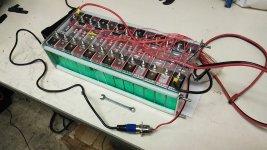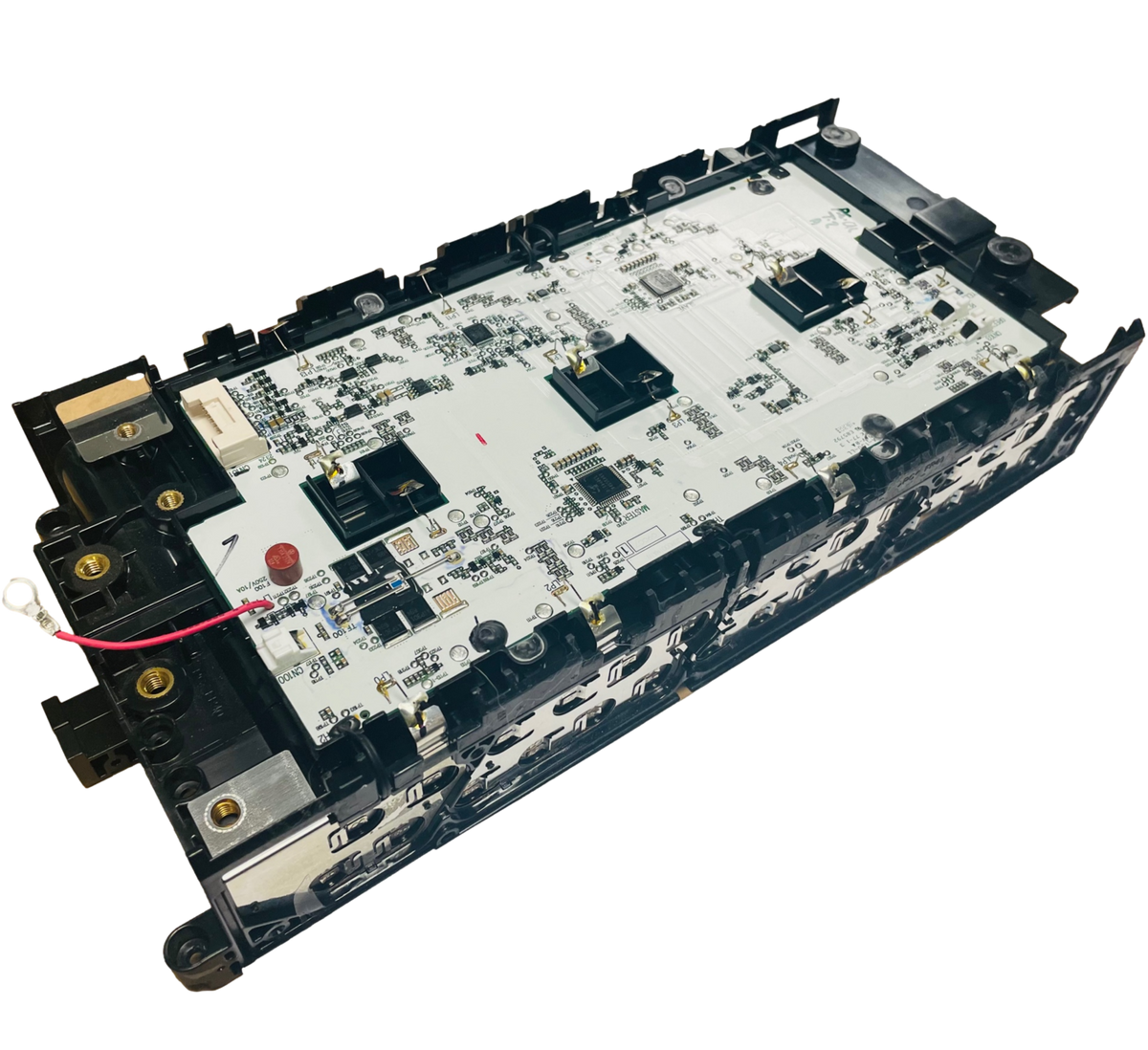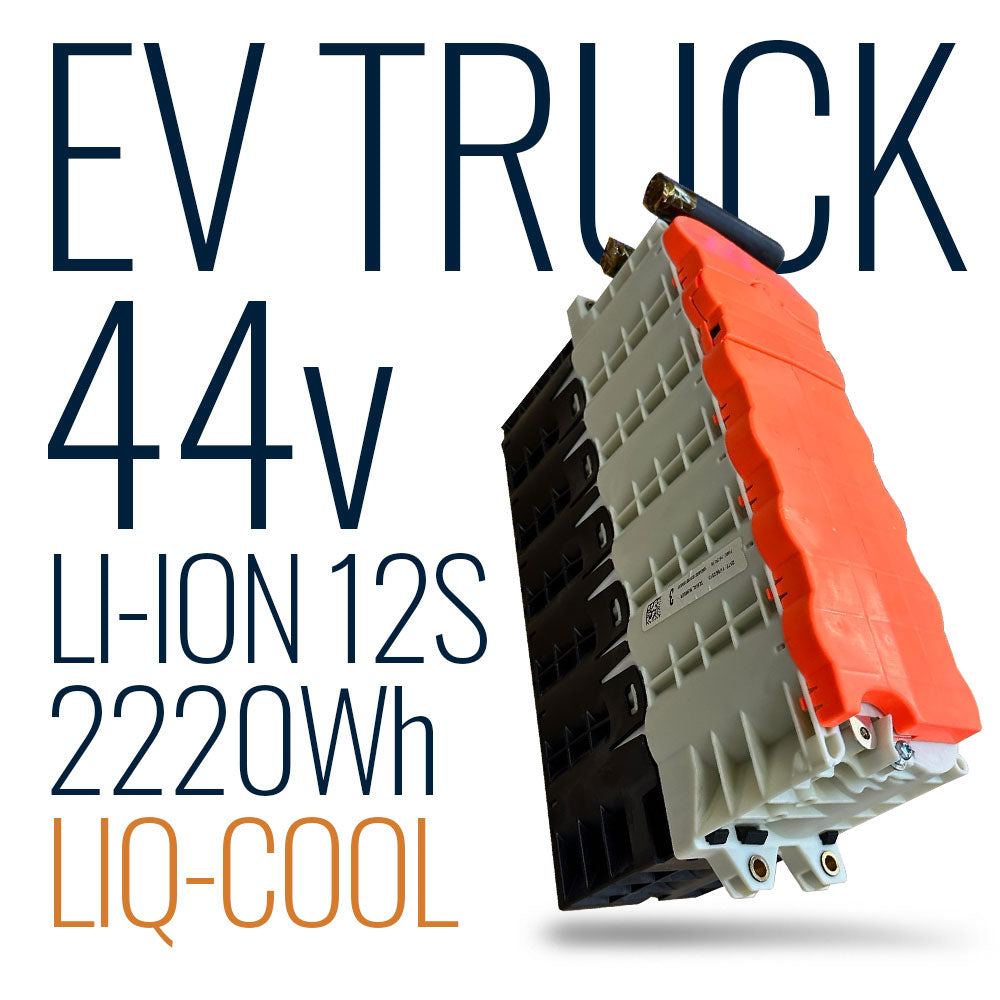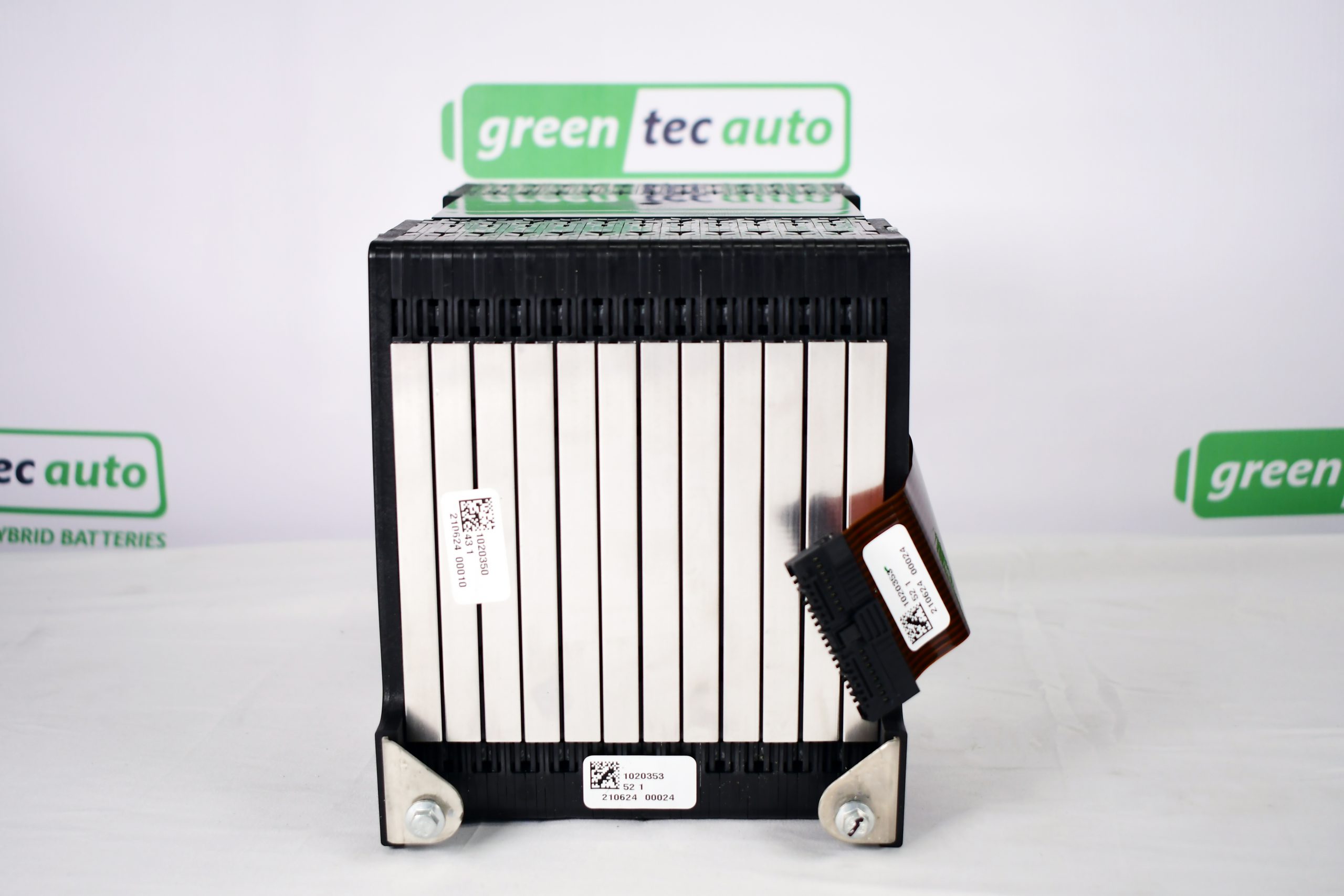Firstly the battery was fully charged before leaving home. I did about 2 miles and start ascending a hill, the screen suddenly goes black and all power is lost. I carried on the journey under human power. Pressing the start up button just brings the screen alive for maybe a second then goes black again. This continues until I get back home about 5 miles later. I plug the charger in then power up straight away and all appears to be back to normal. I twist the the throttle and the wheel spins just fine. What do you think happened and what can I do to restore power if it goes down whilst away from home, just in case I get caught out again?
You are using an out of date browser. It may not display this or other websites correctly.
You should upgrade or use an alternative browser.
You should upgrade or use an alternative browser.
Bafang BBS02 dies, attach to charger and relives.
- Thread starter KingKey
- Start date
"Black screen / dead under hill ascent" sounds like what happened when my BMS crapped out and let 3 cell groups get out of balance. I suspect under load, these 'dead' cell groups weren't flowing enough current and the system shut down. Recharge and/or under very light load and things were fine.
This was a bit of a progressive failure for me where the system shut down under load starting with 30-40% battery remaining, but then happening at 40, 50, 60+% over the next few months as I tried to troubleshoot. Finally one day it died with ~"80%" battery remaining. I opened up the case and measured voltage of each cell group and found 3 were lagging way behind the other 10.
Manually balancing the battery back out and replacing the BMS fixed the issue.
But as mentioned above, this is just a WAG based on a few bits of info. Possibly other things... loose connections? frayed wires? water intrusion?
This was a bit of a progressive failure for me where the system shut down under load starting with 30-40% battery remaining, but then happening at 40, 50, 60+% over the next few months as I tried to troubleshoot. Finally one day it died with ~"80%" battery remaining. I opened up the case and measured voltage of each cell group and found 3 were lagging way behind the other 10.
Manually balancing the battery back out and replacing the BMS fixed the issue.
But as mentioned above, this is just a WAG based on a few bits of info. Possibly other things... loose connections? frayed wires? water intrusion?
For the OP, it's probably a battery that is failing, usually because of one or more cell groups that have aged differently than the others so they have higher resistance and less capacity.
This happens to all cells eventually, but happens sooner to packs that are regularly run down to empty and recharged to full, and for most ebike packs which are not typically made of well-matched cells to start with, it happens more quickly than for large-EV packs that are more often made from well-matched cells.
For any battery with a working BMS that has a balancing function (some don't have this), you can leave the battery on the charger at least overnight (it can take days or longer for some packs), and it will improve the battery's balance, but all this does is make all the cells the same *voltage* at full charge.
It does *not* fix the cells, if the problem is the usual and they are different characterisitics, that is not fixable and they will only get worse over time. Replacing the cells is the only fix for that, and with a pack that's aging to this point it means the new cells will be different from the remaining old cells, which in their turn will keep getting worse, too, until they are easily imbalanced from the new ones. Sometimes it's better to replace the entire pack than to repair it, depending on each cell's condition.
If you have a battery that has shutdown like this on a ride, it is safer not to try to reset it and continue riding; it shut down to protect the cells against damage that could potentially lead to a fire.
This happens to all cells eventually, but happens sooner to packs that are regularly run down to empty and recharged to full, and for most ebike packs which are not typically made of well-matched cells to start with, it happens more quickly than for large-EV packs that are more often made from well-matched cells.
For any battery with a working BMS that has a balancing function (some don't have this), you can leave the battery on the charger at least overnight (it can take days or longer for some packs), and it will improve the battery's balance, but all this does is make all the cells the same *voltage* at full charge.
It does *not* fix the cells, if the problem is the usual and they are different characterisitics, that is not fixable and they will only get worse over time. Replacing the cells is the only fix for that, and with a pack that's aging to this point it means the new cells will be different from the remaining old cells, which in their turn will keep getting worse, too, until they are easily imbalanced from the new ones. Sometimes it's better to replace the entire pack than to repair it, depending on each cell's condition.
If you have a battery that has shutdown like this on a ride, it is safer not to try to reset it and continue riding; it shut down to protect the cells against damage that could potentially lead to a fire.
I thought I'd give it a good checking over before reposting. All the connections seem fine, the bike lives in a dry garage and has never seen rain, so water ingress can be ruled out.
The bike is approx 5 years old now but has only done about 1,000 miles. I seem to have got a 'friday night' model and it has been quite unreliable during this time and I can never fully trust it to go far hence the low mileage. Since purchasing it brand new it has had a new BMS, a new LCD controller and 2 new motor regulators.
Today I took it around a few local hills and it worked fine, I overloaded it a couple of times to gives a proper resilence test and it did nothing unexpected, the voltage went down to the lowest it these times to around 47V, but performed fine. At a loss as to why it 'black screened' the other day. I regularly charge/balance the battery so it never drains down. On the days it gets used it rarely exceeds 15 miles.
The bike is approx 5 years old now but has only done about 1,000 miles. I seem to have got a 'friday night' model and it has been quite unreliable during this time and I can never fully trust it to go far hence the low mileage. Since purchasing it brand new it has had a new BMS, a new LCD controller and 2 new motor regulators.
Today I took it around a few local hills and it worked fine, I overloaded it a couple of times to gives a proper resilence test and it did nothing unexpected, the voltage went down to the lowest it these times to around 47V, but performed fine. At a loss as to why it 'black screened' the other day. I regularly charge/balance the battery so it never drains down. On the days it gets used it rarely exceeds 15 miles.
docw009
1 MW
Still sounds like a battery problem. A full charge is about 54 V, and a 7 volt sag going up a hill says it's not that peppy.
Chalo
100 TW
The bike is approx 5 years old now but has only done about 1,000 miles.
I think that's your problem. 5 years is old for a lithium battery, but to leave it unused for long periods while connected to BMS, or fully charged for long periods, will damage the battery prematurely.
What the battery wants most for health and longevity is to never be charged full, never be run down near empty, to be stored in moderate temperatures, and cycled regularly.
Let's assume you are correct and the battery is at death's door, I am a little reluctant to spend £500+ on a new battery being that the reliability so far hasn't been impressive with this bike and I don't wish to chuck too much good money after bad. So has anyone tried (or maybe you know of people who have tried) to use Makita (or DeWalt etc) tool batteries to operate their ebikes? The adapters are quite cheap (2 Pack Power Wheel Convertor with Fuse & Switch, Battery Adapter for Makita 18V | eBay) and I have plenty of these batteries at work so very cost-effective. 3 x 18 volt batteries will give me 54 Volts so that should be OK I'd imagine and the batteries I have in mind are the 5amp/hour models. Any thoughts?
Attachments
Chalo
100 TW
"18v" tool batteries are 21V fully charged. So that would be 63V for three in series. A 48V controller usually has some components (mainly capacitors) rated 63V maximum. So it's likely that on full batteries, normal electrical noise and fluctuations will exceed the caps' tolerable voltage and cause them to pop.Let's assume you are correct and the battery is at death's door, I am a little reluctant to spend £500+ on a new battery being that the reliability so far hasn't been impressive with this bike and I don't wish to chuck too much good money after bad. So has anyone tried (or maybe you know of people who have tried) to use Makita (or DeWalt etc) tool batteries to operate their ebikes? The adapters are quite cheap (2 Pack Power Wheel Convertor with Fuse & Switch, Battery Adapter for Makita 18V | eBay) and I have plenty of these batteries at work so very cost-effective. 3 x 18 volt batteries will give me 54 Volts so that should be OK I'd imagine and the batteries I have in mind are the 5amp/hour models. Any thoughts?
14 cells in series (one less than what you propose) is considered the practical maximum for 48V controllers.
If you're paying for them yourself, tool batteries are some of the least cost-effective e-bike batteries you can use.
There are lots of second life automotive modules in the 44V and 48V range that might interest you if you're looking for a cheap and effective replacement.
I'm not sure I'd trust, a secondhand battery. In the UK there doesn't seem to be much rebuilding of them including a decent warranty that I could see.
You mention tool batteries not being cost effective. In my case not an issue as I can use them from work with no problem. If I combine an 18v+18v+14v then the voltage should be reduced sufficiently wouldn't you think?
You mention tool batteries not being cost effective. In my case not an issue as I can use them from work with no problem. If I combine an 18v+18v+14v then the voltage should be reduced sufficiently wouldn't you think?
Chalo
100 TW
The first battery I made from an automotive module over 5 years ago is still performing like it always has for me. For most of that time it's the only battery I've had with nominally 48 volts, so it's always been on the front lines.Many do and buy used, so they learn in time. Always lots of stories about people buying used and not being able to ride in short time, do they dump and run who knows.

All the other ones I use for my own bikes are based on nominally 44V automotive modules, and none of those have given up either. In the meantime, I've watched many brand new 18650 based packs age out and die during the same span of time.
I can't say they're right for everybody, but in terms of cost-effectiveness (with an emphasis on effectiveness), I haven't seen anything else even come close.
This is probably a good route since you don't ride much, so that the batteries are used regularly, and you won't ruin them.You mention tool batteries not being cost effective. In my case not an issue as I can use them from work with no problem.
That's interesting have you got any more info?The first battery I made from an automotive module over 5 years ago is still performing like it always has for me. For most of that time it's the only battery I've had with nominally 48 volts, so it's always been on the front lines.
View attachment 340317
All the other ones I use for my own bikes are based on nominally 44V automotive modules, and none of those have given up either. In the meantime, I've watched many brand new 18650 based packs age out and die during the same span of time.
I can't say they're right for everybody, but in terms of cost-effectiveness (with an emphasis on effectiveness), I haven't seen anything else even come close.
Chalo
100 TW
First, if like to agree with E-HP that if you really can use tool packs at no significant cost to you, then between that and the batteries being part of an active ecosystem that keeps them working, that's probably best for you. Just make sure to use enough of them at a time so that both the packs and the wires in the pack adapters aren't overtaxed.That's interesting have you got any more info?
The picture is a pack I built from Panasonic prismatic cells from a Ford hybrid. The original module was 21S 1P of 24Ah cells, but I repackaged them myself as 13S 1P, with a 35A BMS.
The others I have in service are a 12S 20Ah module from a Mercedes Benz mild hybrid, in its factory compression frame but minus the housing and ancillary electronics, and a 12S 47Ah Samsung module from I don't know what. Also a 12S 8.5Ah module backup pack that I mostly use for range extension. All but the first Panasonic pack I put into fake Pelican cases; the first one I wrapped with closed cell foam and packed in a plywood reinforced cloth tool bag.
None of these specific modules are currently available to me, but there are comparable ones at Battery Hookup, JAG35, Greentecauto and others. I don't know what the similar vendors are in Old Blighty

48v 6.4ah 307.84wh Battery with Panasonic Cells
This is the best deal on 48v modules that test like new. Just $20. We also have a listing with a 15a BMS included for just $10 extra. 48v modules testing like new with a BMS. These are absolute BEAST power modules with Panasonic cells inside. 48.1v 6.4ah 307.84wh. Built for power but at this...
 batteryhookup.com
batteryhookup.com

EV Truck battery 44.4v 2.2kWh Li-ion Saft VL41M
PLEASE READ THE DESCRIPTION CAREFULLY. Shipping to Lower 48 USA states only via Ground Shipping. No shipping to PO Boxes. No international shipping including Hawaii, Guam, Puerto Rico. Non-USA customers click here. Very cool EV truck battery modules! These are very interesting 44.4v 12S 2220Wh...
 jag35.com
jag35.com

Enerdel 12s2p 48V 50Ah battery module 2.2kWh | Greentec Auto
Enerdel Moxie+ battery module. Each module is 2.2kWh. Perfect for all of your DIY and energy storage needs.
Last edited:
I'd definitely defer to Chalo or some others if they disagree, but personally I'm convinced that your problem is the battery (despite the unpredictable behavior). It doesn't sound like you use it enough to really make building your own battery worthwhile, but that's entirely up to you. I just wanted to chime in and point out that replacing the battery should solve your problem completely. Again though, take Chalo's word over mine here.Let's assume you are correct and the battery is at death's door, I am a little reluctant to spend £500+ on a new battery being that the reliability so far hasn't been impressive with this bike and I don't wish to chuck too much good money after bad.
Similar threads
- Replies
- 17
- Views
- 1,406
- Replies
- 3
- Views
- 810
- Replies
- 8
- Views
- 1,086
- Replies
- 13
- Views
- 1,101
- Replies
- 35
- Views
- 17,364


